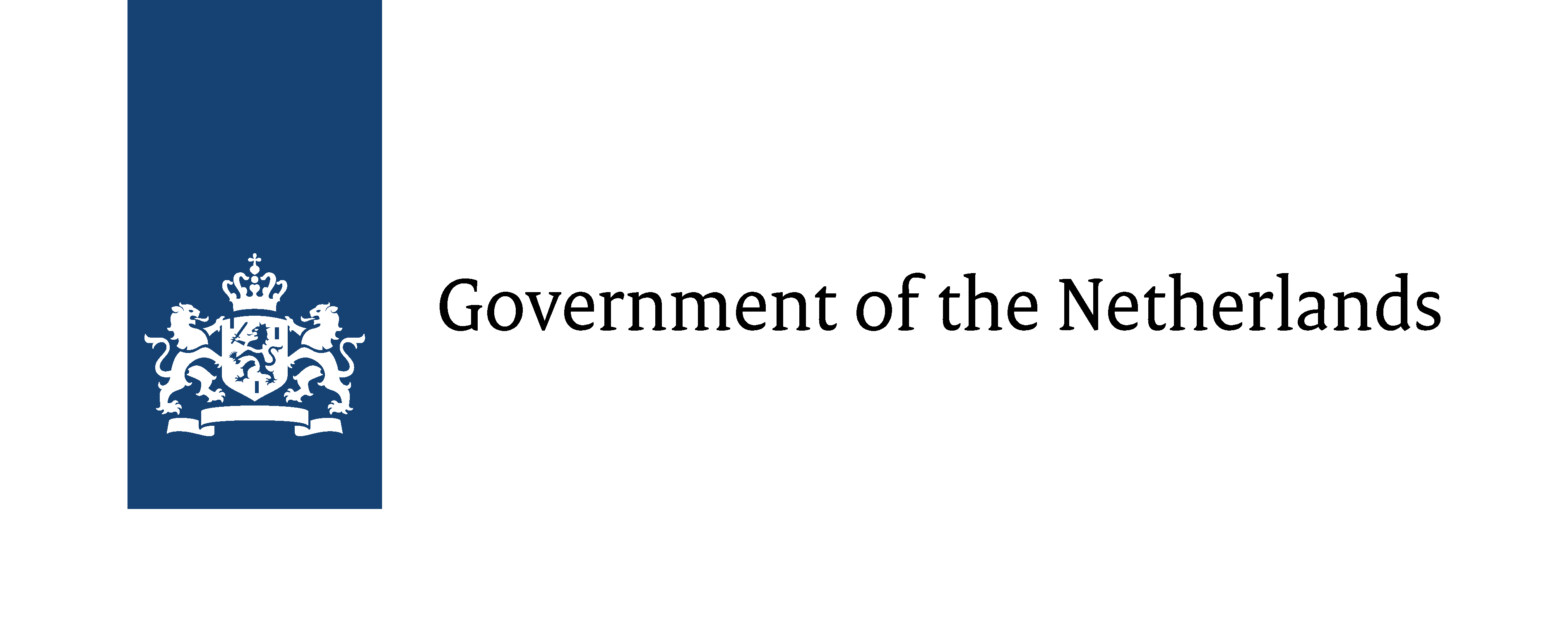Financial situation
The budget of the Ministry of Culture and Tourism is approximately %0,3 of the total GDP of Turkey, and this amount changes every year. A quarter of this budget is allocated to fields that are related to the fine arts. 59 plastic art works were purchased in 2008 by the Ministry of Culture. Unfortunately, there are no statistics about how exactly artists benefit from domestic and foreign funds. The budget that was allocated by the EU to Istanbul European Cultural Capital 2010 was 10 million Euros, and this money was allocated to artistic projects of the organizing NGO. The increase in these kinds of initiatives during Turkey’s candidateship period for the EU is very beneficial for the Turkish art atmosphere. It can be stated that art in Turkey is mostly supported by private institutions, rich families, and private persons rather than by the state. Whereas there was intensive investment and state attention given to art during the first years of the Republic, this level is unfortunately minimum today. This condition means that young artist struggle until they take a place on the art stage and can sustain themselves by the sales of their work. A new generation of artists makes ends meet with the assistance of their families and try to gain visibility by participating in exhibitions and competitions. The Turkish art market and artists are open to cooperate with the Netherlands because they already look abroad for financial support and are therefore more used to international collaborations. The majority of artists find funds and scholarships abroad and try to maintain their art practices in this way. On the other hand, even if Istanbul is an expensive city, production tools and craftsmen are relatively cheap and plentiful compared to other European countries. Consequently, Istanbul can be an attractive center for artists coming from abroad who want to produce new work on site.

